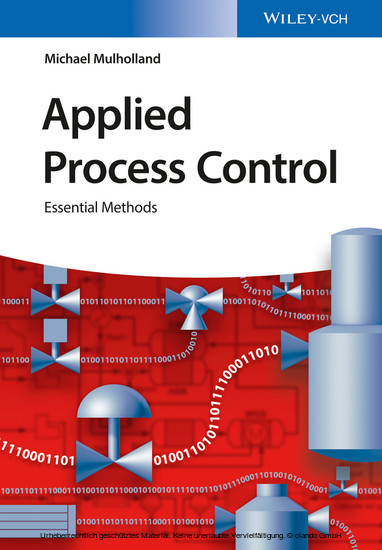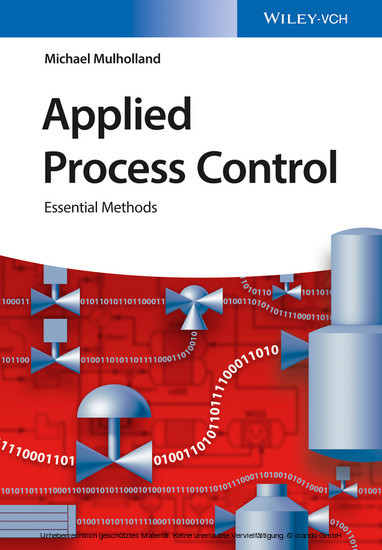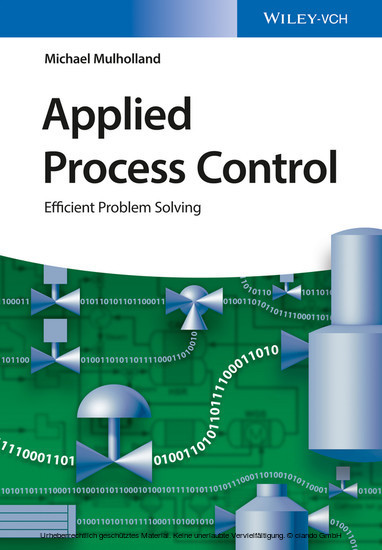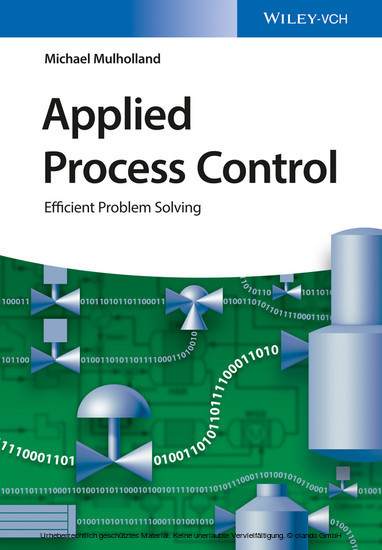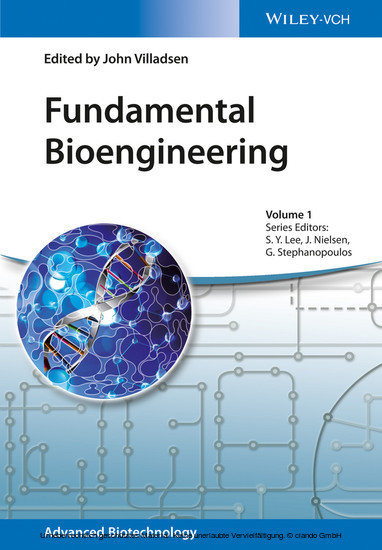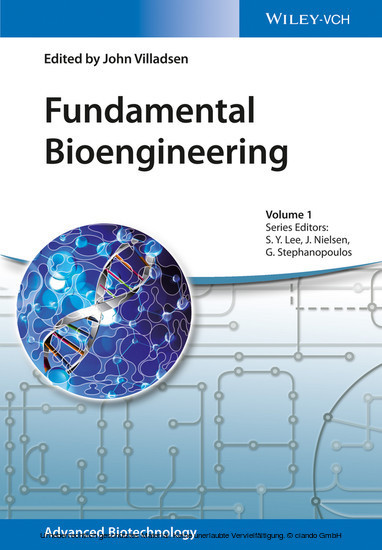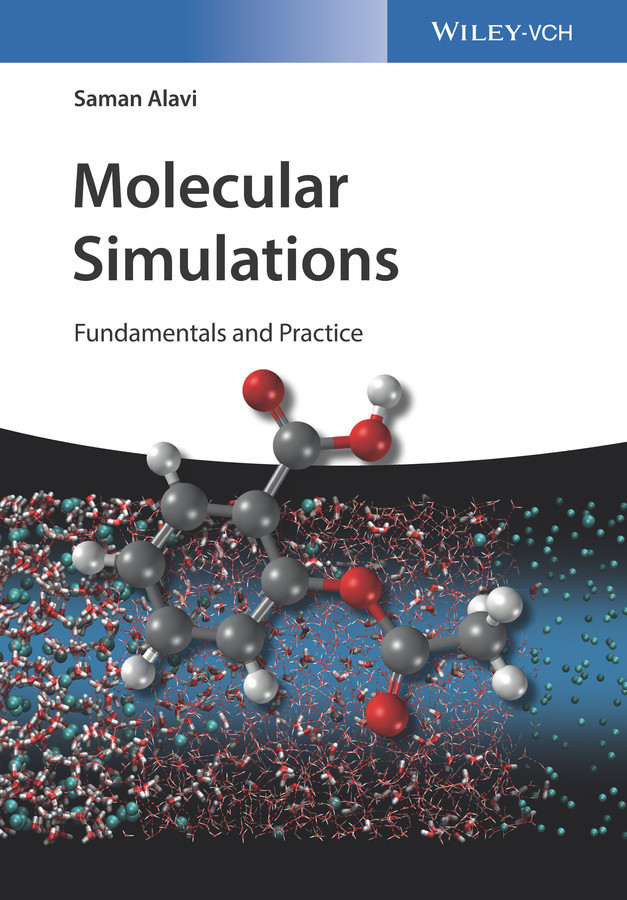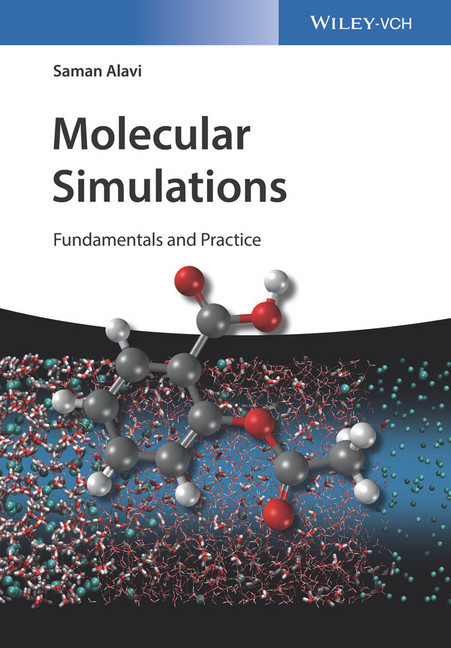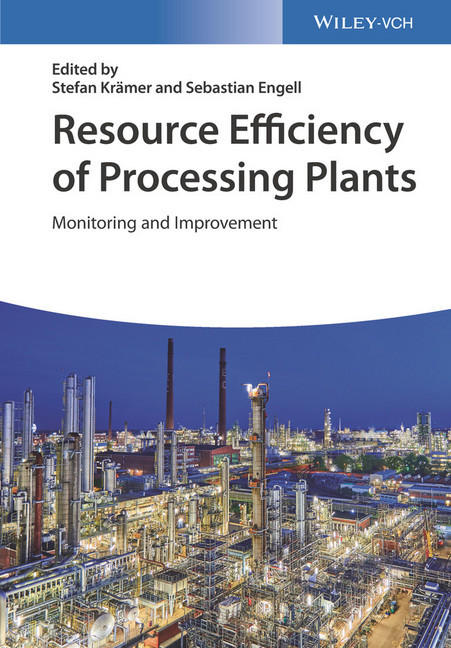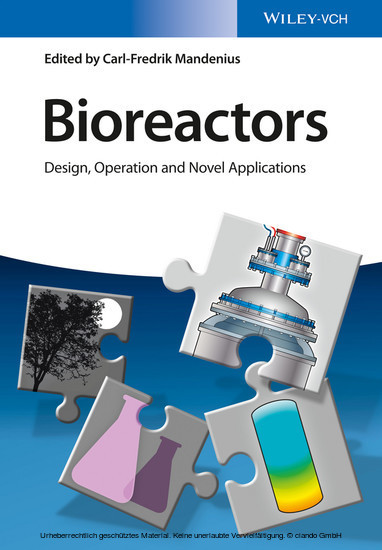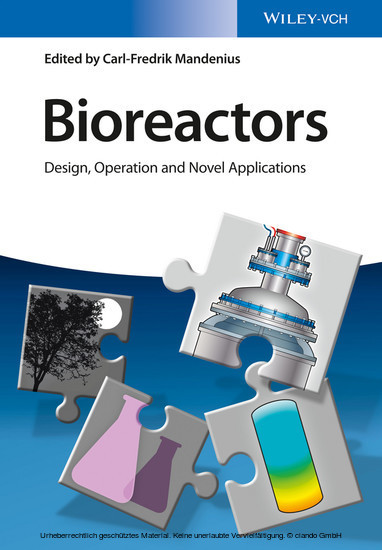Applied Process Control
The basic working knowledge for the practicing control engineer in industry, offered here as a handy deluxe edition comprising two volumes each devoted to methods and practical problems.
Focusing on the practical implementation, the methods volume provides readers with rapid access to process modelling and control, while including the theoretical background necessary. Throughout, the essential knowledge is built up from chapter to chapter, starting with laying the foundations in plant instrumentation and control. Modelling abilities are then developed by starting from simple time-loop algorithms and passing on to discrete methods, Laplace transforms, automata and fuzzy logic. In the end, readers have the means to design simple controllers on the basis of their own models, and to use more detailed models to test them. With its clarity and simplicity of presentation, and illustrated by more than 200 diagrams, the volume supports self-study and teaches readers how to apply the appropriate method for the application required, and how to handle problems in process control.
Bridging theory and practice, the second volume contains over 200 practical exercises and their solutions to develop the problem-solving abilities of process engineers. The problems were developed by the author during his many years of teaching at university and are kept brief, taken from the fields of instrumentation, modeling, plant control, control strategy design and stability of control. The algorithm flows and codes, which are mostly based on MATLAB®, are given in many cases and allow for easy translation into applications.
With a clarity and simplicity of presentation, the two volumes are similarly structured for easy orientation.
Michael Mulholland has been Professor Emeritus of the University of KwaZulu-Natal (South Africa) since 2012. In 1977, he started his career as senior technical officer at AECI, an explosives and specialty chemicals group located in South Africa. In 1982 he became lecturer and later Professor at the University of KwaZulu-Natal, a position he held until his retirement. During his time at the university he was the author of several consulting reports and manuals for the chemical and petroleum industry. He is a member of the South African Institution of Chemical Engineers, the Institution of Chemical Engineers (United Kingdom) and a Chartered Engineer (United Kingdom). Having worked in industry and with over 30 years of teaching experience in process control, Mulholland knows exactly what a graduate process engineer needs to know to work effectively in industry.
1;Applied Process Control: Essential Methods;1 1.1;Essential Methods Contents;7 1.2;Preface;13 1.3;Acknowledgements;15 1.4;Abbreviations;17 1.5;Frontispiece;21 1.6;1: Introduction;23 1.6.1;1.1 The Idea of Control;23 1.6.2;1.2 Importance of Control in Chemical Processing;25 1.6.3;1.3 Organisation of This Book;27 1.6.4;1.4 Semantics;28 1.6.5;References;29 1.7;2: Instrumentation;31 1.7.1;2.1 Piping and Instrumentation Diagram Notation;31 1.7.2;2.2 Plant Signal Ranges and Conversions;33 1.7.3;2.3 A Special Note on Differential Pressure Cells;36 1.7.4;2.4 Measurement Instrumentation;38 1.7.4.1;2.4.1 Flow Measurement;39 1.7.4.1.1;2.4.1.1 Flow Measurement Devices Employing Differential Pressure;39 1.7.4.1.2;2.4.1.2 Other Flow Measurement Devices;44 1.7.4.2;2.4.2 Level Measurement;44 1.7.4.2.1;2.4.2.1 Level Measurement by Differential Pressure;44 1.7.4.2.2;2.4.2.2 Other Level Measurement Techniques;47 1.7.4.3;2.4.3 Pressure Measurement;47 1.7.4.4;2.4.4 Temperature Measurement;48 1.7.4.4.1;2.4.4.1 Thermocouple Temperature Measurement;48 1.7.4.4.2;2.4.4.2 Metal Resistance Temperature Measurement;50 1.7.4.4.3;2.4.4.3 Temperature Measurements Using Other Principles;50 1.7.4.5;2.4.5 Composition Measurement;51 1.7.5;2.5 Current-to-Pneumatic Transducer;53 1.7.6;2.6 Final Control Elements (Actuators);53 1.7.6.1;2.6.1 Valves;54 1.7.6.1.1;2.6.1.1 Pneumatically Operated Globe Control Valve;54 1.7.6.1.2;2.6.1.2 Valve Characteristics;57 1.7.6.1.3;2.6.1.3 Valve CV and KV;58 1.7.6.1.4;2.6.1.4 Specification of Valves for Installed Performance;59 1.7.6.1.5;2.6.1.5 Control Valve Hysteresis;61 1.7.6.1.6;2.6.1.6 Various Flow Control Devices;62 1.7.6.2;2.6.2 Some Other Types of Control Actuators;64 1.7.7;2.7 Controllers;64 1.7.8;2.8 Relays, Trips and Interlocks;66 1.7.9;2.9 Instrument Reliability;67 1.7.10;References;73 1.8;3: Modelling;75 1.8.1;3.1 General Modelling Strategy;76 1.8.2;3.2 Modelling of Distributed Systems;81 1.8.3;3.3 Modelling Example for a Lumped System: Chlorination Reservoirs;83 1.8.4;3.4 Modelling Example for a Distributed System: Reactor Cooler;85 1.8.5;3.5 Ordinary Differential Equations and System Order;89 1.8.6;3.6 Linearity;91 1.8.7;3.7 Linearisation of the Equations Describing a System;95 1.8.8;3.8 Simple Linearisation `Delta´ Concept;97 1.8.9;3.9 Solutions for a System Response Using Simpler Equations;99 1.8.9.1;3.9.1 Mathematical Solutions for a System Response in the t-Domain;99 1.8.9.2;3.9.2 Mathematical Solutions for a System Response in the s-Domain;101 1.8.9.2.1;3.9.2.1 Review of Some Laplace Transform Results;101 1.8.9.2.2;3.9.2.2 Use of Laplace Transforms to Find the System Response;106 1.8.9.2.3;3.9.2.3 Open-Loop Stability in the s-Domain;117 1.8.9.3;3.9.3 Mathematical Solutions for System Response in the z-Domain;119 1.8.9.3.1;3.9.3.1 Review of Some z-Transform Results;120 1.8.9.3.2;3.9.3.2 Use of z-Transforms to Find the System Response;126 1.8.9.3.3;3.9.3.3 Evaluation of the Matrix Exponential Terms;131 1.8.9.3.4;3.9.3.4 Shortcut Methods to Obtain Discrete Difference Equations;132 1.8.9.3.5;3.9.3.5 Open-Loop Stability in the z-Domain;133 1.8.9.4;3.9.4 Numerical Solution for System Response;135 1.8.9.4.1;3.9.4.1 Numerical Solution Using Explicit Forms;136 1.8.9.4.2;3.9.4.2 Numerical Solution Using Implicit Forms;137 1.8.9.5;3.9.5 Black Box Modelling;139 1.8.9.5.1;3.9.5.1 Step Response Models;139 1.8.9.5.2;3.9.5.2 Regressed Dynamic Models;144 1.8.9.6;3.9.6 Modelling with Automata, Petri Nets and their Hybrids;148 1.8.9.7;3.9.7 Models Based on Fuzzy Logic;154 1.8.10;3.10 Use of Random Variables in Modelling;158 1.8.11;3.11 Modelling of Closed Loops;163 1.8.12;References;164 1.9;4: Basic Elements Used in Plant Control Schemes;165 1.9.1;4.1 Signal Filtering/Conditioning;165 1.9.2;4.2 Basic SISO Controllers;169 1.9.2.1;4.2.1 Block Diagram Representation of Control Loops;169 1.9.2.2;4.2.2 Proportional Controller;172 1.9.2.3;4.2.3 Proportional-Integral Controller;173 1.9.2.4;4.2.4 Proportional-Integral-Derivative Controller
Mulholland, Michael
| ISBN | 9783527801619 |
|---|---|
| Artikelnummer | 9783527801619 |
| Medientyp | E-Book - PDF |
| Copyrightjahr | 2016 |
| Verlag | Wiley-VCH |
| Umfang | 480 Seiten |
| Sprache | Englisch |
| Kopierschutz | Adobe DRM |

